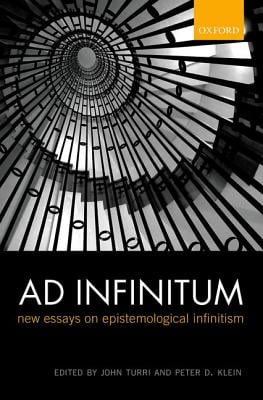
Paul cattle had been sold, almost twenty years ago. It’s funny that Westphal’s class are taking up the mantle of the Armour Gates, as most of the students were born after the last South St. “(But) it’s the only thing to remind us: What would they mean to the workers getting dropped off? The symbolism in the power of place was the fun part for them.” “They’re like, ‘wait a minute,’ they’re literally gates to a parking lot,” Westphal said. That’s exactly what schoolteacher Mark Westphal has been saying for a year, teaching 12-year-olds about their city’s history by examining a pair of otherwise-mundane towers. In this case, nobody argues that the two brick structures are inherently valuable, but it’s easy to see how their symbolic importance carries weight. A structure can be a synecdoche - a part that stands in for a whole - where preserving it for the future means granting access to history that might be otherwise lost. In other cases, the argument for preservation is symbolic. Sometimes debates center on buildings with inherent value places so unique that they’re worthy of history books. Historic preservation is a nebulous concept.

Paul Middle School classroom, where a teacher and his students are trying to save an odd piece of history: They’ve launched a petition to save the structures and, in the process, learned a lot about how history works in the urban landscape.

That’s why they’ve caught the eye of a South St. Today, they’re the only thing remaining of the historic stockyards district. Sitting in the midst of a light industrial park near the Mississippi River stand two 20-foot high rectangular brick structures that were once gatehouses for the giant Armour packing plant.

Paul is in danger of losing its totem, the last sliver of a once-massive industrial landscape.


 0 kommentar(er)
0 kommentar(er)
